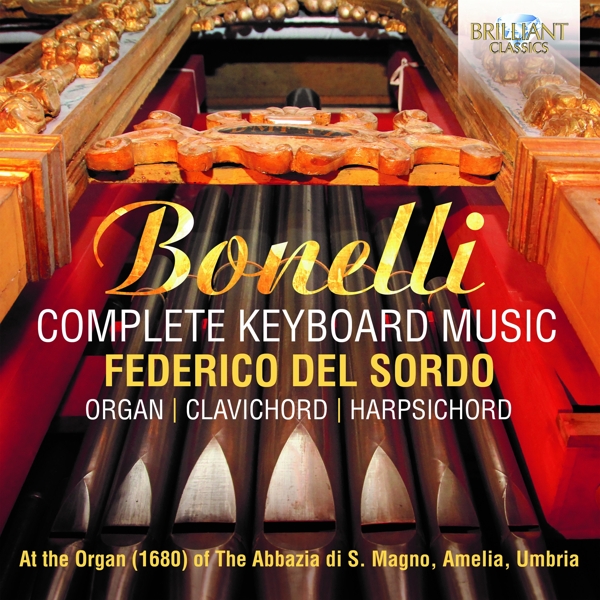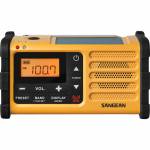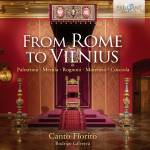Other products from Federico Del Sordo |
My Account
|
Log In
|
English |
€ Euro |
Advanced Search
|
All Categories
BEST SELLER
500
NEW RELEASES
8.925
SPECIALS
229.694
Your search:
No selection
Filter results:
TECHNICS
267.591
GAMES/SOFTWARE
26.082
MUSIC
709.834
Other Classic
4.410
- Accordion
23
- Bassoon
5
- Bugle
3
- Cello
122
- Clarinet
22
- Clavichord
44
- Double Bass
5
- Early Instrum.
16
- Flute
54
- Guitar
311
- Harp
44
- Harpsichord
218
- Lute
106
- Mandolin
11
- Oboe
8
- Organ
530
- Other Solo Instrum.
1.708
- Percussion
16
- Piano
2.377
- Recorder
12
- Saxophone
12
- Trombone
4
- Trumpet
11
- Viola
29
- Violin
197
Symphonic Music
13.101
|
Music Movie Audiobooks Merchandise Children's |






















